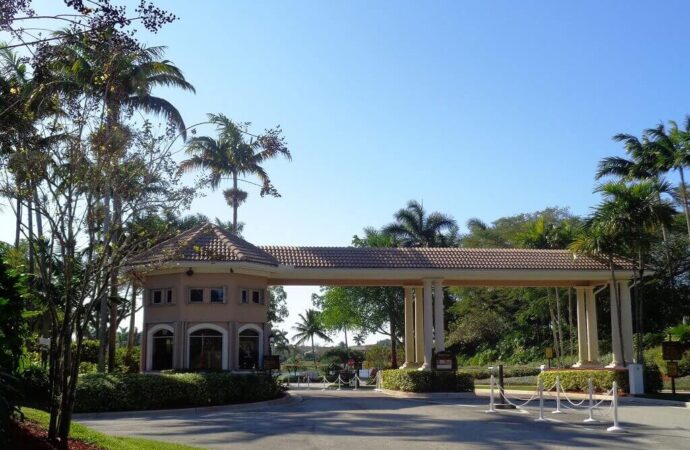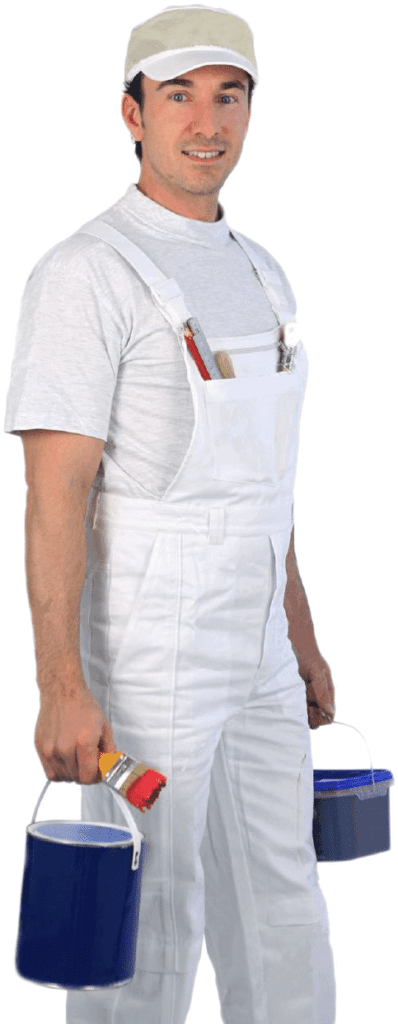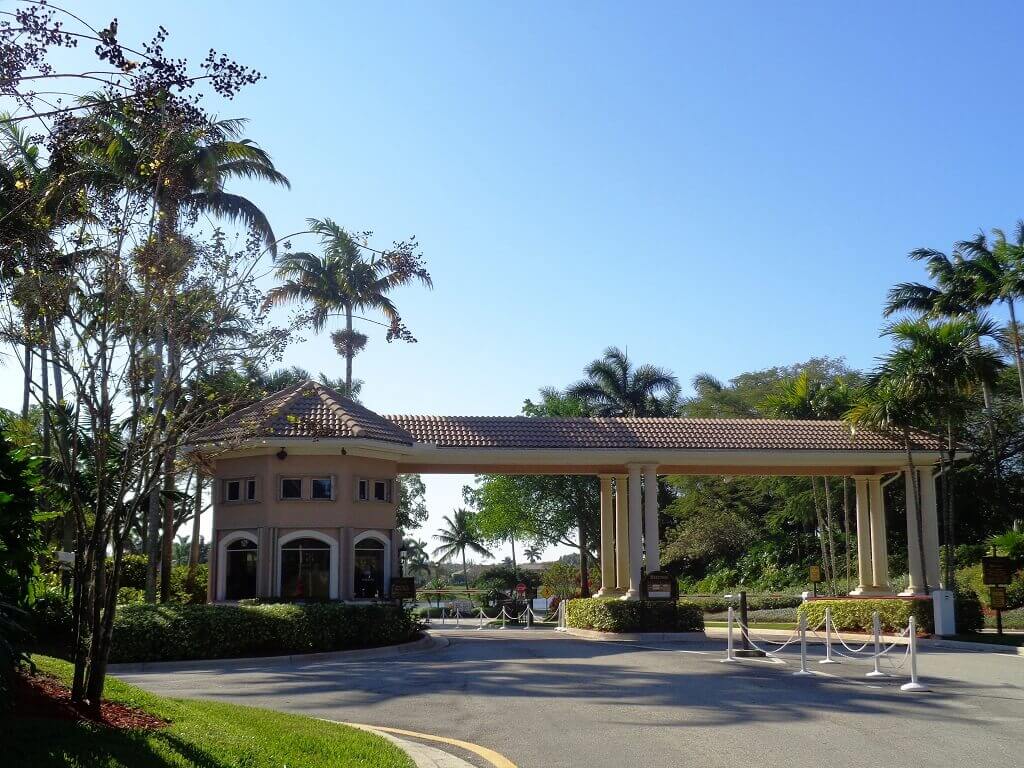Premier Interior/Exterior Painting and Popcorn Ceiling Removal Company for Isles at Wellington HOA Residents
Contact Us

In Isles at Wellington HOA, Wellington Pro Painters & Popcorn Removal has proved to be the best service providers to commercial and residential establishments. We have many services that we provide to everyone in town.
The services are drywall installation, commercial painting, residential popcorn ceiling removal, smooth ceiling finish, and commercial popcorn ceiling removal. We also do residential painting; residential popcorn ceiling removal, orange peel ceiling, drywall repairs, and knock-down structures.
In recent years, textured walls have become more prevalent in the home. Although visual aesthetics continue to be the main reason for the demand, the texture is sometimes a secondary motivation. Learning more about why homeowners decide to have their walls texture by us is vital. This could be a solution for an existing problem that you don’t even know you have.
First, we must clarify the differences between textured walls and paint. Many homeowners mistakenly believe they can achieve the desired results by DIYing textured walls. It may look okay, but it will not have the long-term effects or the right aesthetics.

Comb Drywall Texture
We use a toothed trowel to apply a combed texture. This creates grooves in the ceiling or wall. We apply the combing pattern in half fans. It has a well-planned appearance but is easy to duplicate in case of repairs.
The application can be simple or complex, as with many drywall textures. It’s an excellent way to add character to any space or hide a terrible ceiling.
Sand Swirl Drywall Texture
Sand swirl combines two drywall texture types: sand spray and comb. We create the reels using a thick or medium bristled brush (think wallpaper brush or bristles on the back of an ice-scraper). We create a pattern with simple rows of half fans or more complicated designs like interlocking Cs and spirals. We then develop swirls in a pre-applied mud bed or use a brush to dip into a bucket. The swirls are then applied like paint.
To give the mud a distinctive texture, “sand” is made from sand and other particulates. These ingredients are combined to create the “sand swirl” drywall texture. Selecting the correct drywall compound (mud) for your surface is crucial.
Stomp Brush Drywall Texture
The stomping brush is an older technique that can be fun to apply. It involves dipping a large brush into a bucket of drywall glue and pressing it against the ceiling. Finally, we will pull it down sharply to create a unique, ridged texture. The application, also known as “slap brush texture,” is somewhat random since the goal is to create a repeatable surface for repair. It’s not unusual to see stomps across the ceiling at a set distance. Stomped walls are rare as they can catch on the clothing of passersby and be quickly thrown flat.
The Primer is Important
Primers are often overlooked. It doesn’t matter how many coats we apply to your patch; it will still show regardless of how much paint they use. We paint the entire surface, including the corners, if we don’t have a perfect match of paint. Otherwise, we risk seeing the patched areas due to paint mismatches. You can contact us today to get the best professional service from our experts in town. We will attend to you to the best of our experience.
Locations We Serve
We offer the above services at the following locations within Wellington:
Additional HOAs We Service
If you are located in Palm Beach County and you don’t see your city/area listed above, don’t worry! We cover all of Palm Beach County. Fill out the contact form above or CLICK HERE and send us a message. We’ll get back to you asap!
Here is a list of our services you can get at Wellington Pro Painters & Popcorn Removal:
-
Commercial Painting Near Me
-
Commercial Popcorn Removal Near Me
-
Drywall Repair Near Me
-
Drywall Installation Near Me
-
Knockdown Texture Near Me
-
Orange Peel Ceilings Near Me
-
Residential Painting Near Me
-
Residential Popcorn Removal Near Me
-
Smooth Ceiling Finish Near Me
-
Commercial Painting Services
-
Commercial Popcorn Removal Services
-
Drywall Repair Services
-
Drywall Installation Services
-
Knockdown Texture Services
-
Orange Peel Ceilings Services
-
Residential Painting Services
-
Residential Popcorn Removal Services
-
Smooth Ceiling Finish Services
-
Commercial Stucco Installation Near Me
-
Complete EIFS Reinstallation Near Me
-
Custom Stucco and Texturing Near Me
-
Denglass Framing Near Me
-
EIFS Inspection Near Me
-
EIFS Installation Near Me
-
EIFS Wall Systems Near Me
-
Exterior Kitchen Stucco Near Me
-
New Construction Stucco Near Me
-
Stucco Application Near Me
-
Commercial Stucco Installation Services
-
Complete EIFS Reinstallation Services
-
Custom Stucco and Texturing Services
-
Denglass Framing Services
-
EIFS Inspection Services
-
EIFS Installation Services
-
EIFS Wall Systems Services
-
Exterior Kitchen Stucco Services
-
New Construction Stucco Services
-
Stucco Application Services

